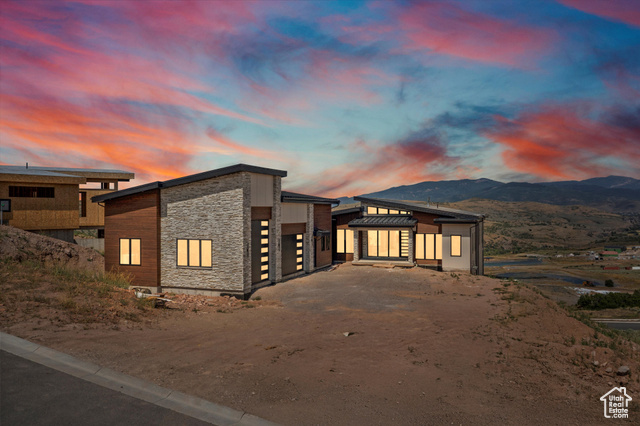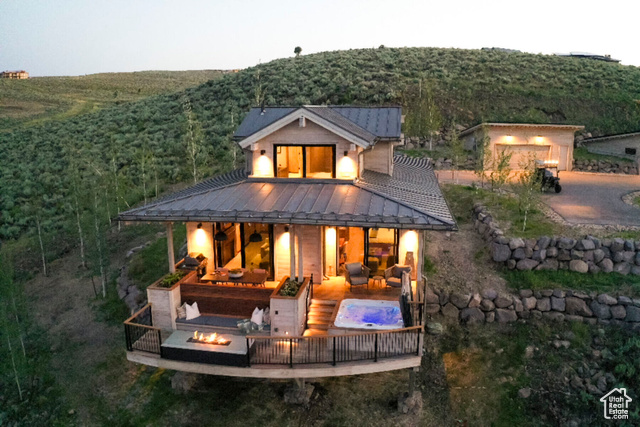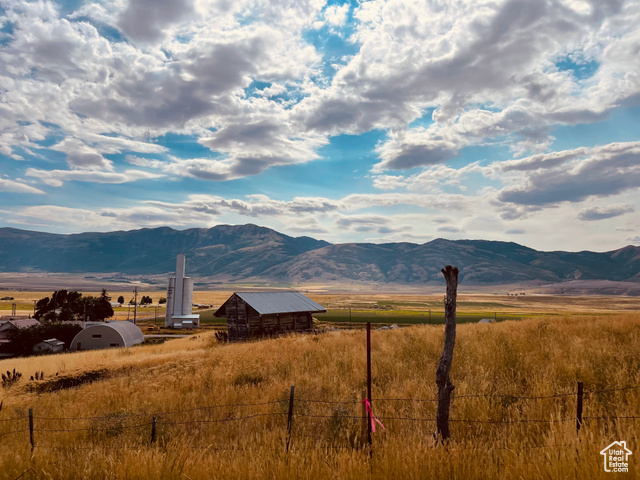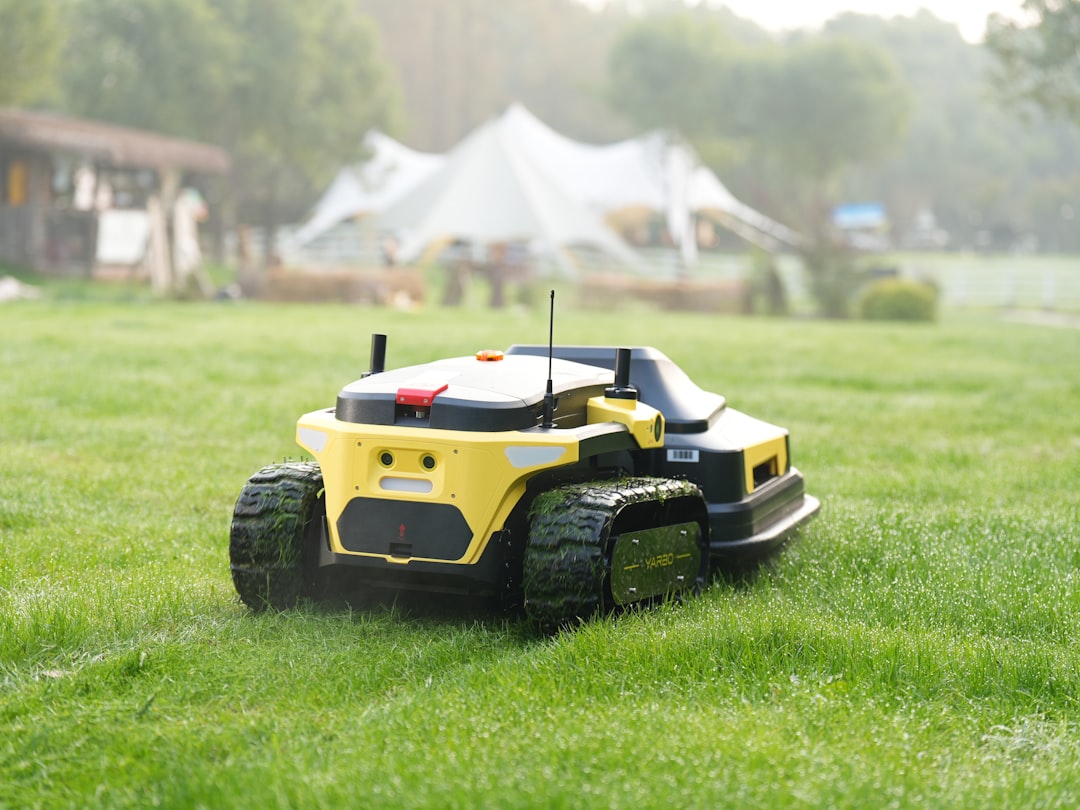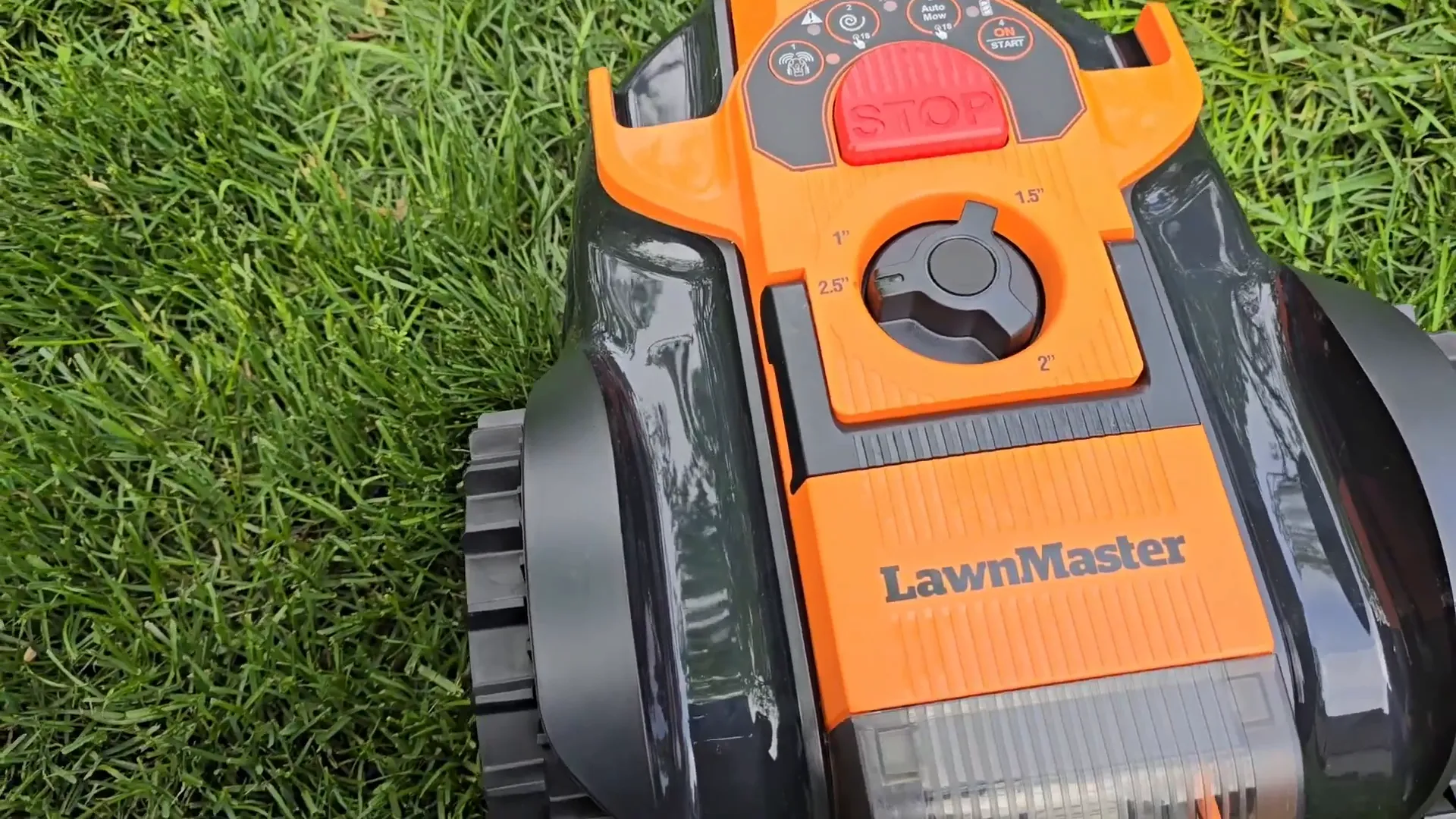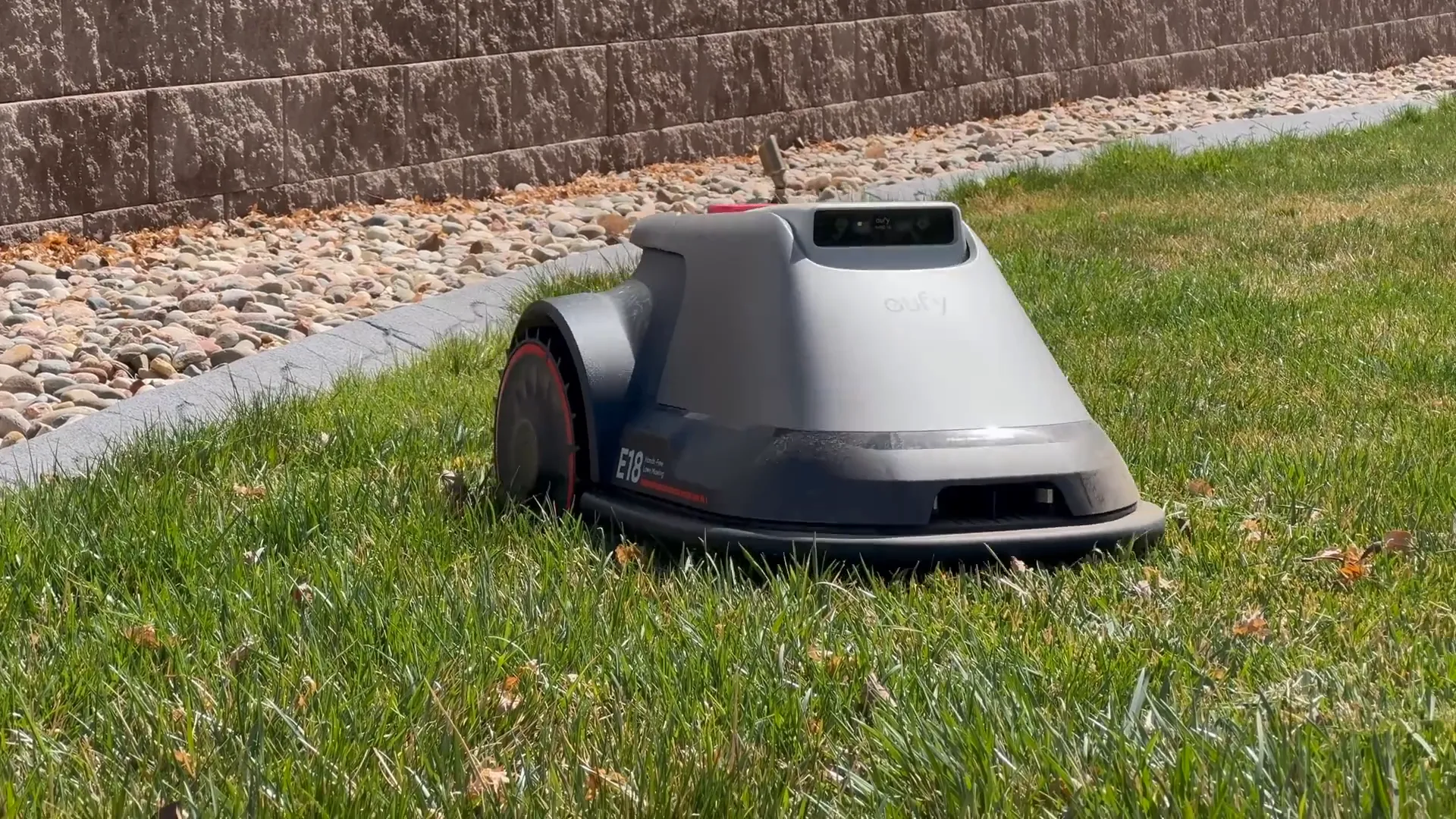This in-depth review examines the YARBO robotic lawn mower after several months of real-world testing across different turf types. The evaluation focuses on setup, reliability after long idle periods, cut quality, and how the system handles tight areas and obstacles.
We tested the Mammotion Yuka in some of the harshest conditions available: winter rain, flooded turf, and forty-centimetre yard that had not been cut for weeks. This review examines how the smaller sibling to the Luba performs with the optional sweeper attached, and what those performance characteristics mean for homeowners seeking a highly finished, low-maintenance lawn. The Yuka is positioned as a mower for smoother, well-kept lawns rather than rugged lifestyle blocks, but the real-world stress test reveals surprising capabilities — and a few limitations — that every prospective buyer should know. The following analysis covers mapping, cutting power, the sweeper attachment, hardware details, slope performance, and practical recommendations.
Overview and intended use
The Yuka shares lineage with the larger Luba model but is engineered for different tasks. It is a two-wheel-drive mower with a single front caster, designed primarily for flatter, even lawns that demand a golf-green finish rather than heavy-duty, steep terrain. The unit includes the same RTK system used on the Luba, plus a camera for navigation in GPS-dark spots such as under trees and close to buildings. These features enable methodical, straight-line mowing and optional patterning for those who prefer a bespoke aesthetic on the turf.
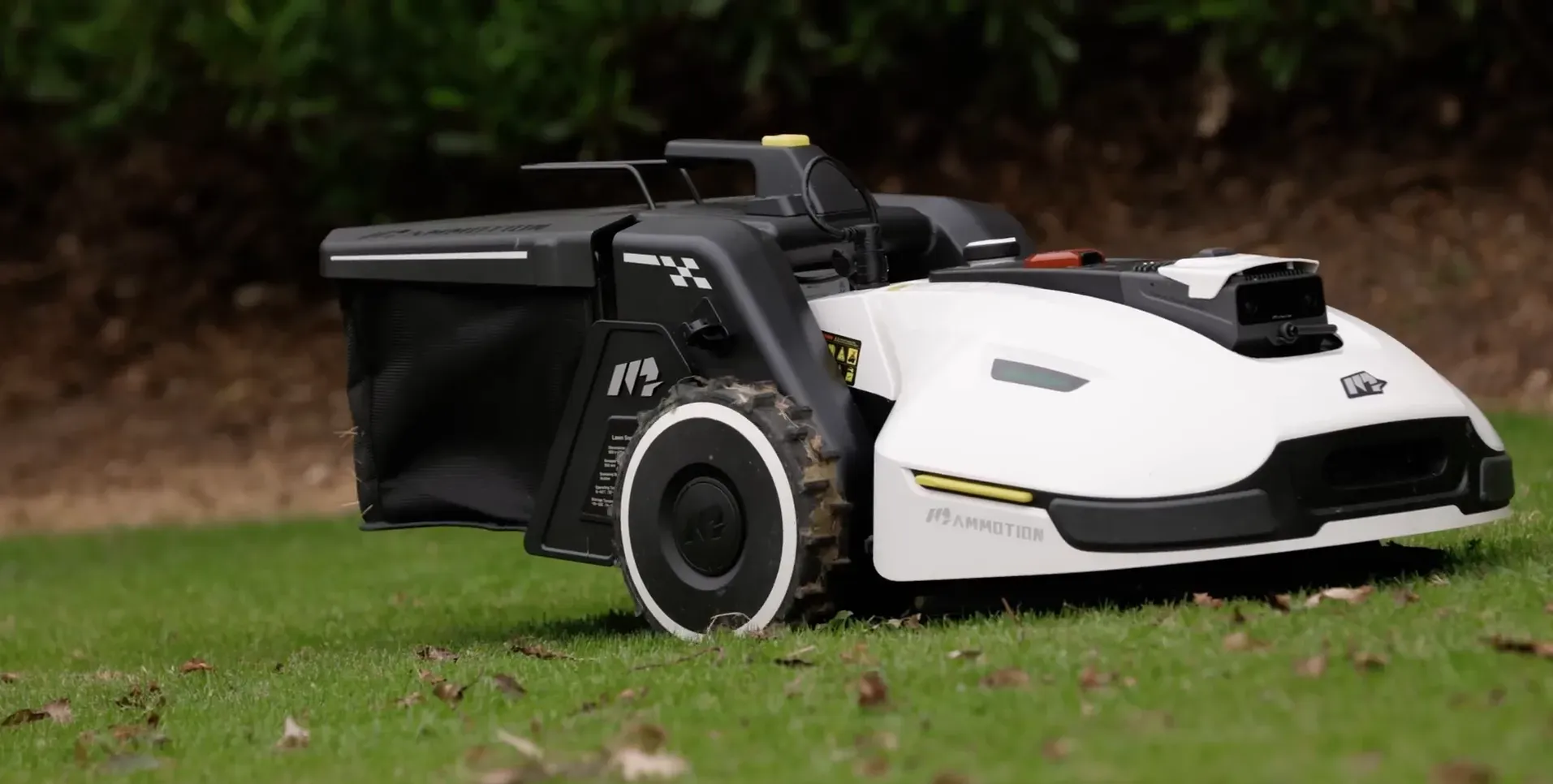
Real-world stress test: long, wet Kikuyu grass
To obtain a true picture of capability, the Yuka was taken to a neighbouring property with nearly 1,000 square metres of lawn that had become overgrown and waterlogged after weeks without a ride-on mower. Mapping required about twenty minutes; the RTK base was deliberately positioned in a suboptimal location under a tree to test signal resilience. Despite that, the mower managed to slash the forty-centimetre Kikuyu down to a medium height on its first run, a result that would be impressive for many combustion mowers and extraordinary for a robot. In this severe scenario the catcher was essential: without it the sheer volume of clippings would have smothered the turf.
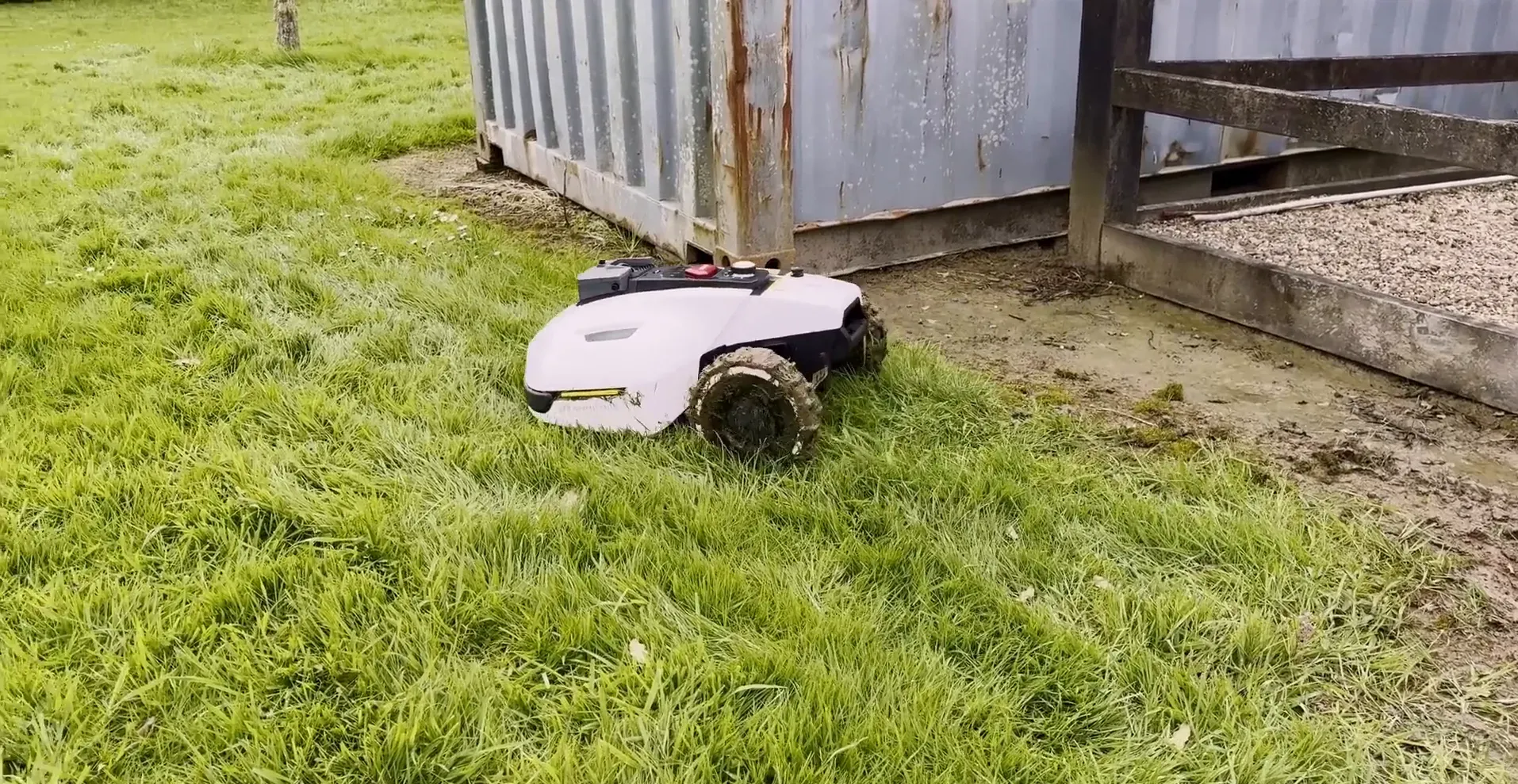
“Unbelievably impressive performance overall.”
Operational realities during the first cut
High-volume mowing caused operational quirks that are worth noting. The designated dumping spot filled rapidly and required manual spreading from time to time, and the sweeper wrapped thick sections of grass around the brush on a couple of occasions before the blades could shear them. The mower had to run at maximum speed to process the material, which is not ideal in wet conditions but was necessary for the stress test. While the turf looked patchy immediately after the first cut, a follow-up pass brought the lawn much closer to a desirable finish.
Day two, heavy rain, and sweeper strategy
Overnight heavy rain flooded parts of the property and turned dumping zones into pure mud, prompting a change in approach: the Yuka performed a second pass without the sweeper attached, then returned later to pick up clippings. This two-stage method is a pragmatic way to handle extremely long, wet grass — though it is outside normal robot-mower operating recommendations. The second cut reached a tidy 20 millimetres and produced an even finish, but wet, clumped clippings challenged the sweeper once it was reinstalled; several passes were required to clear the surface fully. By contrast, the sweeper excelled at capturing falling leaves, demonstrating clear value for seasonal debris control.
Sweeper performance and everyday impact
The optional sweeper proved far more effective than initial expectations. A rear-mounted brush actively sweeps debris into the catching system, a mechanism comparable to side brushes on robot vacuums, which results in surprisingly thorough leaf collection. This functionality quickly changes homeowner expectations: with a sweeper in place, a few stray leaves or clippings becomes motivation for more frequent, lighter cleans rather than an all-or-nothing yard chore. In short, the sweeper enhances convenience and raises the standard of what constitutes a "well-kept" lawn with robotic assistance.
Hardware and key features
The Yuka packs notable hardware into a compact package. It includes dual cutting motors mounted on two small cutting discs, an RTK module for centimetre-level positioning, a camera system for visual localisation, a front wiper to keep the optics clear in rain, and basic rain sensors. The deck is manually adjustable for cutting height and features a floating design that follows ground contours for a closer, more even cut. Despite its three-wheel layout (two drive wheels and a single caster), traction and cutting performance proved solid in most tested conditions.
Cutting power explained
The two small cutting discs are a deliberate design choice: smaller discs require less torque to spin, which allows more powerful, higher-RPM motors to be used effectively. This results in exceptional cutting power relative to disc size, enabling the mower to scalp thick, resilient grasses like Kikuyu when necessary. The floating deck and newly designed side cutting guards permit grass to fall away cleanly, further improving cut quality. Together, these elements produce a finish that rivals high-end robot mowers and suits properties that demand a near-golf-green appearance.
Slope limits, weather resilience, and rescue behavior
The Yuka is rated to handle slopes up to 24 degrees without the sweeper attached; that limit drops to about 18 degrees when the sweeper is fitted because of a shift in the unit’s balance point. During testing it was pushed slightly beyond these specifications (25 degrees in the wet), where some wheel slip occurred, especially during turns. The three-wheel caster layout is more likely to become stuck if the front caster encounters depressions or holes, so routine inspection and minor property upkeep are advisable on parcels approaching the mower's maximum area rating. If the unit cannot self-recover, it will issue a rescue notification to prompt human intervention.
Pros, cons, and who should consider the Yuka
The Yuka offers a compelling mix of features and value for certain homeowners. It is especially well suited to smaller, flatter lawns that require a precise finish and benefit from regular mowing, plus properties where leaf and debris management is a priority. Its strengths include the included RTK system, camera-based localisation, dual high-power cutting motors, and an unexpectedly effective sweeper attachment.
- Pros: Exceptional cut quality, effective sweeper for leaves, RTK included, camera navigation for GPS-dark spots.
- Cons: Not designed for large lifestyle blocks or steep, rugged terrain; sweeper reduces slope capability and struggles with extreme volumes of wet clippings; manual height adjustment requires hands-on changes.
- Best for: Homeowners with up to approximately 1,500–2,000 square metres of lawn who prioritize a pristine finish and automated leaf clearing.
How mapping and automatic dumping work
Mapping with the Yuka is straightforward and avoids the need for buried perimeter wire. After a Bluetooth connection to the phone, a mapping mode displays a joystick that allows the user to manually drive the mower around the lawn perimeter and save the map. Once mapped, the GPS-guided mowing pattern runs in straight, methodical lines and can even be programmed to cut at set angles for visual patterns. A user-defined dumping zone outside the lawn can be set so the sweeper offloads automatically when the mower detects a threshold of collected material, lifting the rear and shaking out the contents before resuming mowing.
Conclusion
The Mammotion Yuka delivers an impressive balance of cutting quality, navigation accuracy, and debris management at a price point that includes RTK — a feature often sold separately by other manufacturers. It is not a replacement for heavy-duty, steep-terrain machines like the Luba, but for homeowners with smaller, well-maintained lawns who desire a near-professional finish and convenient leaf collection, it represents a compelling option. Buyers should be mindful of slope limits, the manual height adjustment, and the sweeper’s reduced performance with heavy, wet clippings, but for everyday lawn care and seasonal leaf clearing, the Yuka changes expectations about what robotic lawn care can achieve.
Frequently Asked Questions
What area sizes are available for the Yuka?
The Yuka is offered in at least two capacity configurations, typically marketed as a 1,500 square metre model and a 2,000 square metre model. These figures refer to total mobile area coverage rather than per-zone limits, so multi-zone properties that sum to or under the capacity are supported. Selection should consider total lawn area, complexity of zones, and how frequently the lawn will be mowed. For larger lifestyle blocks, a larger, four-wheel-drive model may remain the more appropriate choice.
How effective is the sweeper on leaves versus wet clippings?
The sweeper performs exceptionally well on dry leaves and light debris, using an active rear brush to sweep material into the catcher much like a robot vacuum. Its performance declines when tasked with massive volumes of wet, clumped grass cuttings; in those cases several passes are often required to clear the surface. A practical strategy for very long or soaking turf is to perform an initial cut without the sweeper, then run a second pass to reduce height and finish with sweeper collection once material is drier or less voluminous. Regular, frequent mowing reduces the chance of overwhelmed sweeper operations.
Can the Yuka handle slopes and wet weather?
The manufacturer rating indicates up to 24 degrees for mowing without the sweeper and about 18 degrees with the sweeper fitted. In testing, light overshoot of those ratings produced some wheel slip, especially during turning maneuvers in wet conditions. The included camera, RTK and a front wiper improve performance under trees and in rain, but very steep slopes or consistently boggy terrain remain outside the intended operating envelope. For properties with pronounced gradients, consider a purpose-built, higher-traction machine.
What maintenance and rescue behaviours should owners expect?
The Yuka uses a three-wheel layout with a front caster; if that caster encounters a deep hole or a rabbit burrow the mower can become stuck and will attempt self-recovery several times before issuing a rescue notification. Owners should be prepared to occasionally remove debris or extraneous objects that could impede the caster, and to place the base on a hard surface to avoid tearing turf. Routine cleaning of sensors, the camera and sweeper brush, plus checking the catcher dumping zone for mud accumulation, will ensure reliable day-to-day operation.
How is cutting height adjusted?
Cutting height on the Yuka is adjusted manually at the deck: the owner must push the deck down and twist the mechanism to set the desired height. Unlike some sibling models with app-based remote height control, the Yuka requires on-device physical changes, which means a brief hands-on visit when needing to switch heights. This is a minor inconvenience for most residential users, but it is worth noting for those who prefer full remote control over every setting.


